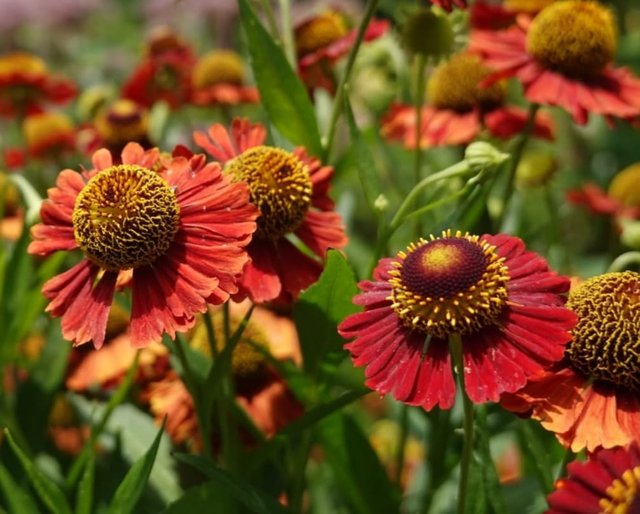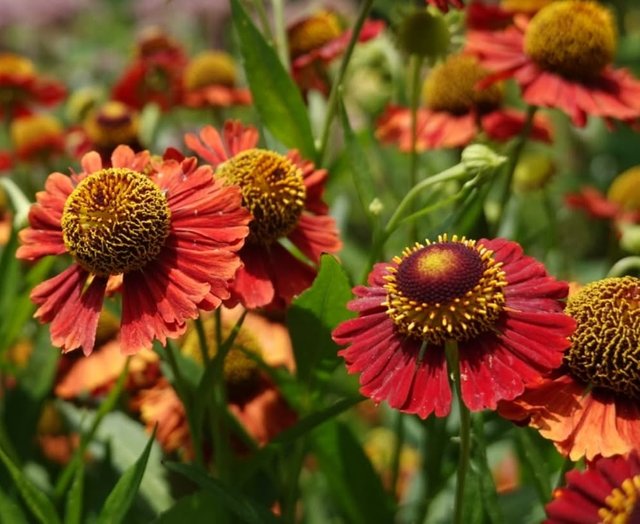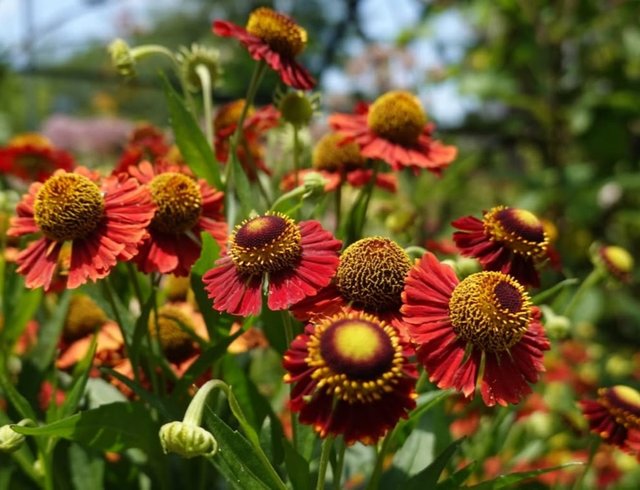So Beautiful Common Sneezeweed Flower
Common Sneezeweed: A Colorful Late-Summer Native Wildflower
Common sneezeweed is a beautiful and ecologically valuable wildflower native to North America. Beloved for its golden-yellow blooms and hardiness, this plant adds vibrant color to late-summer and autumn landscapes while supporting native pollinators. Despite its slightly misleading name, sneezeweed is not allergenic like ragweed and has long been appreciated in both natural settings and cultivated gardens.
Botanical Overview
Scientific Name: Helenium autumnale
Common Names: Common sneezeweed, autumn sneezeweed
Family: Asteraceae
Native Range: Most of the United States and Canada
Plant Type: Herbaceous perennial
Sneezeweed typically grows between 3 to 5 feet tall and features winged stems and lance-shaped leaves. Its daisy-like flowers bloom from late summer to fall, with golden-yellow ray florets surrounding a dome-shaped center disk that is often darker yellow or brownish. Each plant can produce dozens of blossoms, making it a bright and lively presence in any meadow or garden.
Habitat and Growing Conditions
Common sneezeweed thrives in moist to wet environments, such as:Meadows
Wet prairies
Stream banks
Ditches and low-lying fields
It prefers full sun but will tolerate partial shade. The plant is adaptable to a variety of soil types, though it does best in rich, well-drained soils with consistent moisture.
Gardeners appreciate sneezeweed for its resilience and low-maintenance nature. Once established, it can tolerate occasional drought and resists deer and rabbit browsing due to its bitter taste.
Blooming Season and Pollinator Value
Sneezeweed begins blooming in late summer and continues through the fall. This timing is especially important because few native flowers bloom so late in the season, offering critical nectar and pollen to:
Native bees
Butterflies
Beetles
Hoverflies
It is also a host plant for certain butterfly and moth larvae. Sneezeweed plays an essential role in supporting the ecosystem by feeding pollinators when other floral resources are scarce.
| Device | cannon eos 700D |
|---|---|
| Lens | 55-250 zoom leans |
| Location | Bangladesh |




